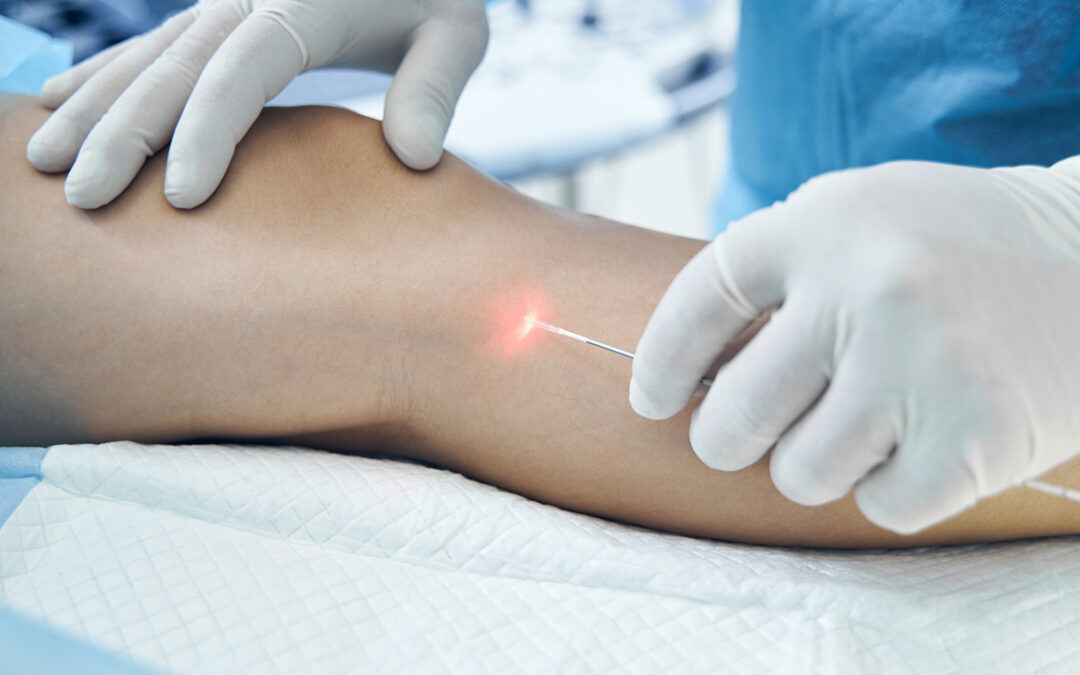Dermal pigmentation in Abu Dhabi has become increasingly popular among individuals seeking to enhance their skin tone and achieve a more even complexion. This cosmetic procedure involves depositing pigment into the skin’s dermal layer to create a permanent or semi-permanent color change. Many people are curious about how long these pigmentation treatments last, as understanding the longevity can help manage expectations and plan for future touch-ups. The duration of dermal pigmentation can vary based on several factors, including skin type, lifestyle, and the specifics of the procedure itself.
Factors Influencing the Longevity of Dermal Pigmentation
Skin Type and Tone
Different skin types respond uniquely to pigmentation procedures. For instance, individuals with oilier skin or those with darker skin tones might observe different fading patterns compared to those with lighter skin. Melanin levels and skin resilience can influence how the pigment settles and how long it remains visible.
Depth of Pigment Application
The depth at which the pigment is deposited during the procedure plays a crucial role in its longevity. Deeper implantation generally results in longer-lasting pigmentation, whereas superficial application might fade more quickly due to natural skin renewal processes.
Lifestyle and Sun Exposure
Exposure to sunlight can significantly affect the lifespan of dermal pigmentation. Ultraviolet rays tend to break down pigments over time, leading to fading. Wearing protective measures such as broad-spectrum sunscreen and avoiding excessive sun exposure can help prolong the results.
Skin Care Routine
Using harsh skincare products or treatments that exfoliate the skin frequently can accelerate the fading process. Gentle skincare routines that maintain skin health without stripping away pigment are recommended to preserve the pigmentation’s longevity.
Aging and Skin Regeneration
As the skin ages, its ability to retain pigment can decrease. Natural skin regeneration processes and collagen breakdown may influence the durability of the pigmentation over time.
Typical Duration of Dermal Pigmentation in Abu Dhabi
Semi-Permanent Nature of the Treatment
Most dermal pigmentation procedures are considered semi-permanent, meaning they can last anywhere from several years to a decade. On average, individuals can expect the pigmentation to remain visibly intact for about two to five years, with touch-ups extending the lifespan further.
Factors That Can Shorten Longevity
Despite the durability of the procedure, certain factors can cause the pigmentation to fade more quickly. Excessive sun exposure without protection, skin exfoliation treatments, or significant weight fluctuations can lead to early fading of the pigment.
Factors That Help Maintain Results
Consistently following aftercare instructions, protecting the skin from UV rays, and avoiding harsh skincare products can help maintain the pigmentation’s vibrancy and longevity. Regular touch-up sessions are often recommended to keep the pigmentation looking fresh.
How to Maximize the Longevity of Dermal Pigmentation
Protect the Skin from Sunlight
Applying broad-spectrum sunscreen diligently and wearing protective clothing can shield the pigmentation from harmful UV rays, preventing premature fading.
Follow Proper Aftercare Procedures
Adhering to recommended aftercare guidelines, such as avoiding excessive water exposure and refraining from picking at the skin, can help preserve the results.
Schedule Regular Touch-Ups
Periodic touch-up sessions can refresh the pigment and ensure the results remain consistent over time.
Maintain a Healthy Skin Routine
Using gentle skincare products and keeping the skin moisturized can support the longevity of dermal pigmentation.
Common Myths About Dermal Pigmentation Duration
It Lasts Forever
While some believe dermal pigmentation is entirely permanent, most treatments are semi-permanent and will fade over time, requiring maintenance.
Fading Is a Sign of Poor Quality
Fading can occur naturally due to various factors such as sun exposure or skin regeneration, and it doesn’t necessarily indicate a poor-quality procedure.
Once Faded, It Cannot Be Repaired
In reality, touch-up procedures can restore or enhance the original results, ensuring continued satisfaction.
FAQs About Dermal Pigmentation Duration
How long does dermal pigmentation last?
Typically, dermal pigmentation can last between two to five years, but this varies depending on individual factors and aftercare practices.
Can the pigmentation fade completely?
Yes, over time, especially without proper protection and maintenance, the pigmentation can fade significantly or even disappear.
Is touch-up necessary?
Most individuals opt for touch-up sessions to maintain the desired appearance and prolong the effects of the procedure.
Does skin type affect how long pigmentation lasts?
Absolutely. Skin type, tone, and texture influence how well the pigment settles and how long it remains visible.
How can one extend the lifespan of dermal pigmentation?
Protecting the skin from sun exposure, following aftercare instructions, avoiding harsh skincare products, and scheduling regular touch-ups can help extend the results.
Final Thoughts
The lifespan of dermal pigmentation in Abu Dhabi is influenced by various factors, and understanding these can help individuals make informed decisions about their cosmetic journey. While the results are semi-permanent, with proper care and maintenance, they can last several years, providing a lasting enhancement to one’s appearance. Emphasizing sun protection, gentle skincare, and routine touch-ups will ensure that the vibrant and natural look of dermal pigmentation is preserved for as long as possible.
READ MORE : Why More People Trust Dermal Pigmentation for Radiant Skin ?







0 Comments